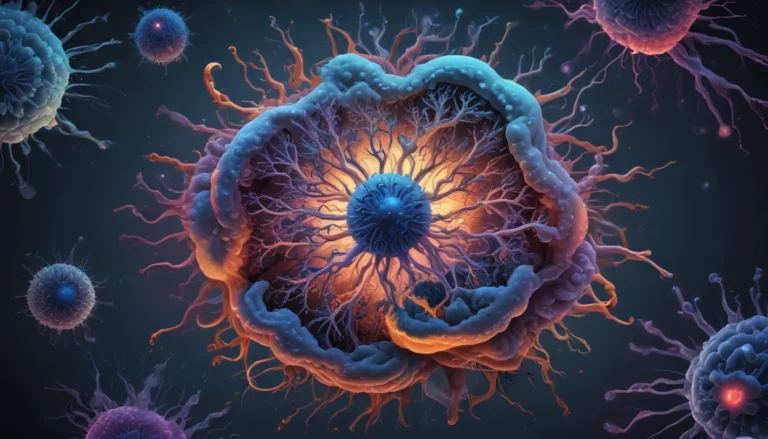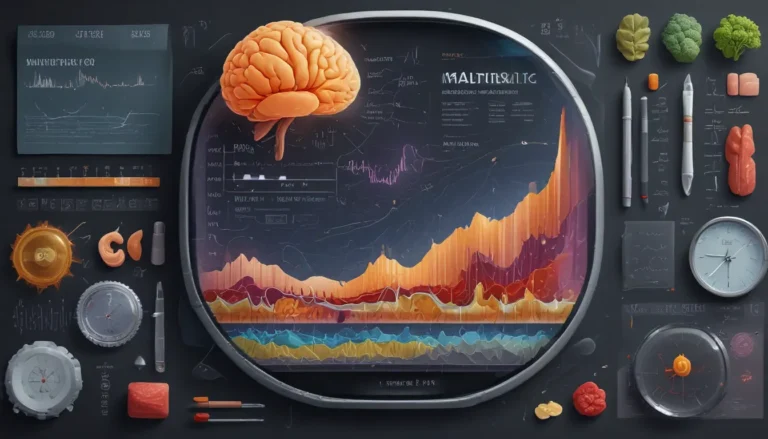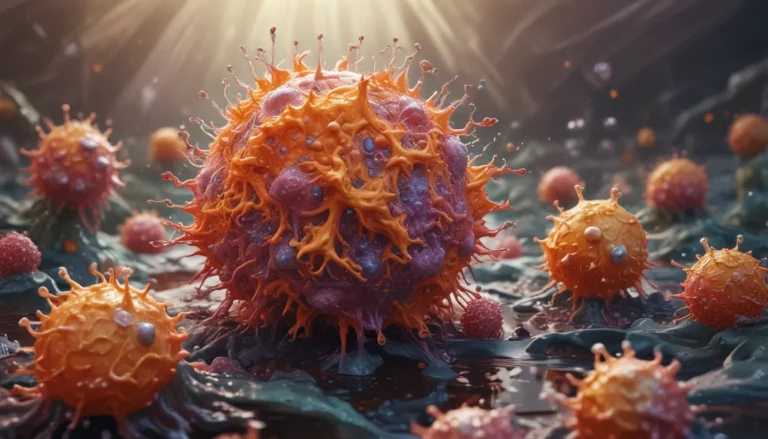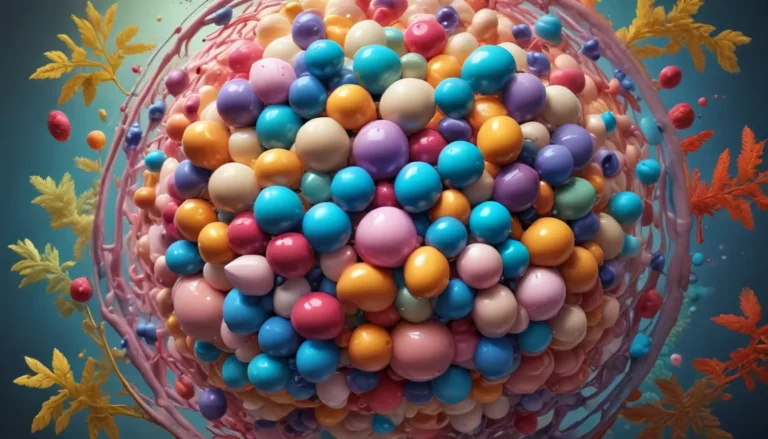A Note About Images: The images used in our articles are for illustration purposes only and may not exactly match the content. They are meant to engage readers, but the text should be relied upon for accurate information.
Welcome to the intriguing world of active transport, a captivating biological process that keeps the gears of living organisms turning. Unlike passive transport, which relies on natural gradients, active transport requires energy to move molecules against their concentration gradient. Let’s delve into the realm of active transport and uncover 12 mind-blowing facts that will enhance our understanding of this remarkable biological mechanism.
Understanding Active Transport:
- Active transport moves molecules against the flow: It’s like swimming upstream, vital for nerve impulses, nutrient absorption, kidney function, and muscle contraction.
- Active transport is a superhero: Regulating heart function, detoxifying the body, and aiding in plant growth, it’s a universal process found in all living things.
ATP Powering Active Transport:
In active transport, molecules are moved across cell membranes against their concentration gradient, requiring energy. Adenosine triphosphate (ATP) serves as the currency of cellular energy, providing the necessary fuel for transport proteins to pump substances like ions, amino acids, and glucose across the membrane.
The Role of Active Transport in Vital Functions:
- Nerve Impulse Transmission: Essential for maintaining proper ion concentrations for efficient signal transmission.
- Nutrient Absorption: Facilitates the uptake of vital nutrients like glucose and amino acids in the intestines.
- Kidney Function: Regulates ions, water, and pH levels in the body through reabsorption and waste removal.
- Heart Function: Maintains ion levels crucial for heart muscle contraction and regular heartbeat.
- Cellular Detoxification: Enables the liver to eliminate toxins from the bloodstream.
- Nutrient Uptake in Plants: Essential for absorbing nutrients from the soil to support growth.
- Muscle Contraction: Balances ions for effective muscle function.
The Wide-Spread Impact of Active Transport:
Active transport is not limited to specific organisms; it is a crucial process found in both animal and plant cells. From single-celled organisms to complex multicellular beings, active transport plays a vital role in maintaining homeostasis and supporting various physiological processes.
Pharmacological Applications of Active Transport:
Pharmaceutical drugs often target active transport processes to regulate specific substances in the body. These drugs can either enhance or inhibit active transport, offering potential therapeutic benefits for various medical conditions.
The Dynamic Nature of Active Transport:
Cells tightly regulate the process of active transport to ensure proper balance and functionality. Through controlling the number and activity of transport proteins, cells can adjust the rate of active transport based on the organism’s specific needs.
Conclusion:
Active transport stands as a fascinating biological phenomenon that underpins cellular functions and overall organismal survival. From the intricacies of sodium-potassium pumps to the essential role in nutrient absorption, active transport shapes the landscape of living systems. Understanding this process not only deepens our knowledge of biology but also opens doors to innovative therapeutic approaches for diseases. The adaptability and ingenuity displayed by active transport continue to revolutionize our understanding of cell biology and pave the way for future discoveries.
FAQs:
- What is active transport? Active transport involves moving molecules or ions across cell membranes against their concentration gradient, requiring energy.
- How does active transport differ from passive transport? Active transport requires energy to move substances against their concentration gradient, while passive transport does not.
- What are some examples of active transport? The sodium-potassium pump and nutrient absorption in the intestines are common examples.
- What is the role of ATP in active transport? ATP provides the energy for transport proteins to move molecules across the cell membrane.
- Can active transport be inhibited? Yes, specific drugs can inhibit active transport, disrupting normal cell function.
- What are the benefits of studying active transport? Studying active transport helps us understand cellular regulation and design therapies for transport-related disorders.
- Is active transport a selective process? Yes, it is a selective process that transports specific molecules or ions to maintain cell function.
Embark on a journey of discovery beyond the boundaries of cellular biology and explore the marvels of active transport. Each new subject promises to deliver mind-blowing facts and insights that will leave you in awe of the world around us. Trust in our commitment to quality and authenticity as you join us in unraveling the wonders of active transport.






